CMDC has worked in collaboration with Wael El- Dakhakhni, Mohamed Ezzeldin, and Lydell Wiebe from McMaster University.
Supporting Innovation through Research Partnerships
Work has been conducted on the following projects:
Blast Loading of Reinforced Masonry
Project Summary:
The goal of this research is to provide experimental evidence of the performance of Reinforced Masonry (RM) walls under realistic blast loading conditions with different pressure and impulse combinations to simulate real explosion scenarios.
The analytical work involves developing wall resistance functions, design charts, and single- and multi-degree-of-freedom models. Using the experimentally calibrated numerical models, an extensive wall blast performance database will be generated to cover different scenarios other than those tested.
Finally, the experimental, analytical, and numerical model results will be integrated into a performance assessment tool that will facilitate rapid screening and performance evaluation of RM components under different accidental and deliberate explosion scenarios.
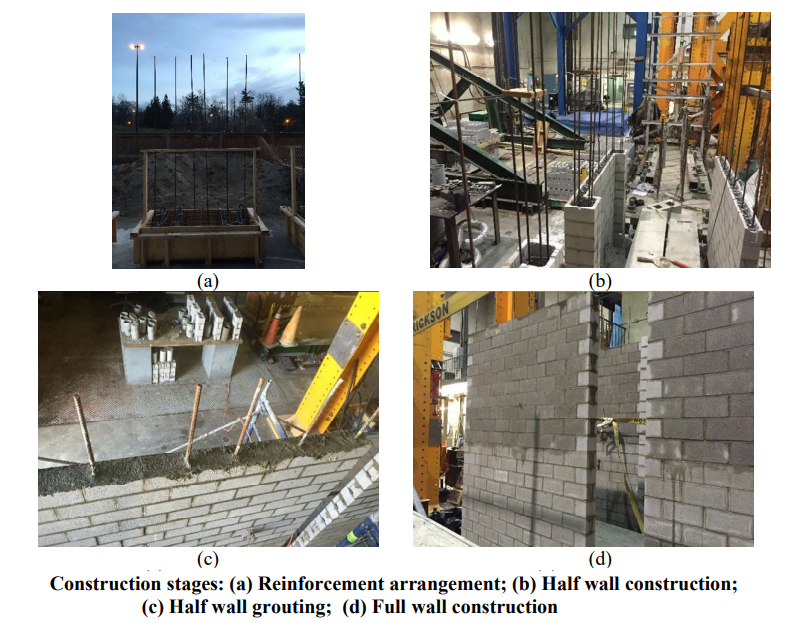
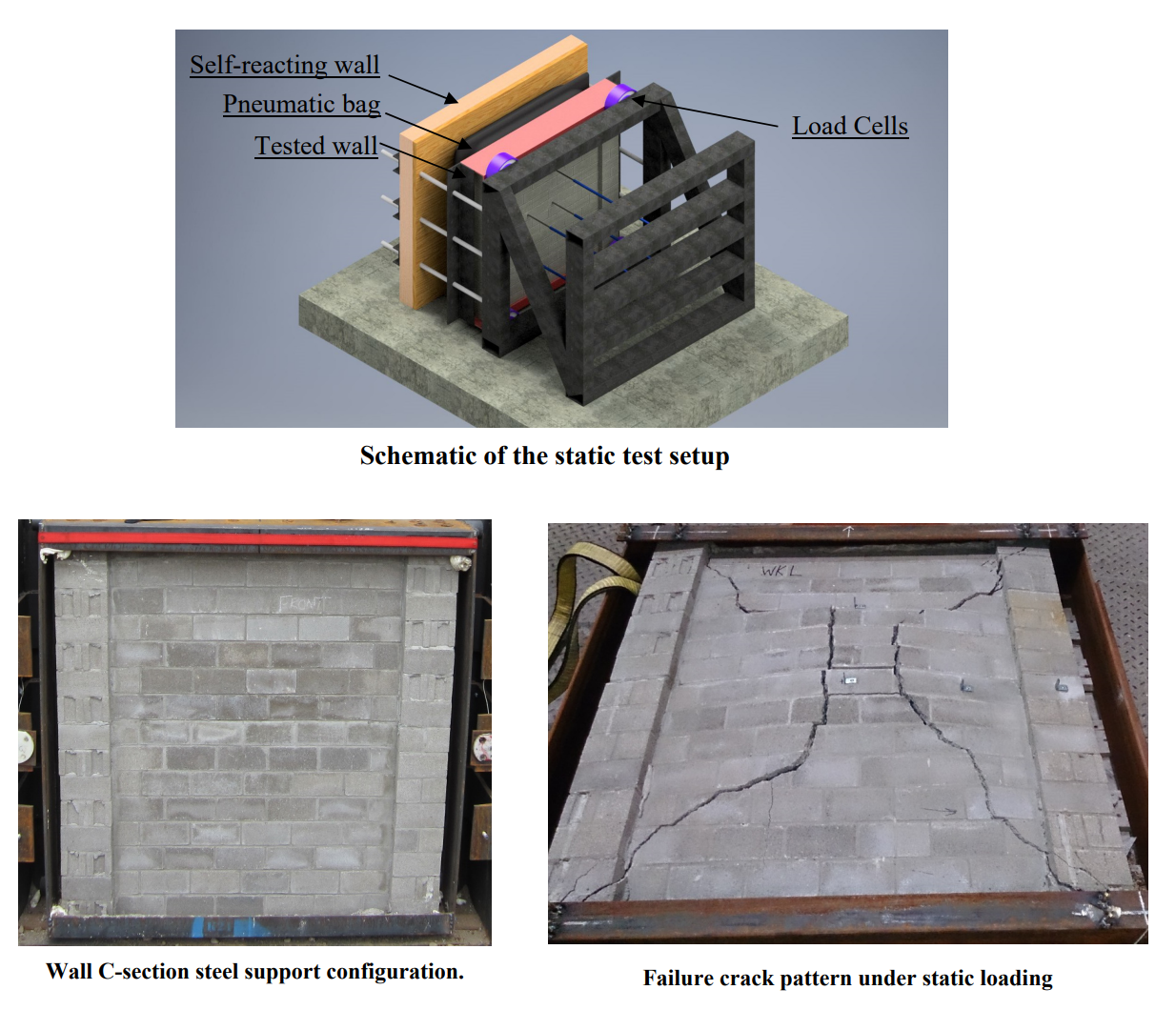
Recent CMS Articles:
Select Journal Articles:
Salem, Shady, Mohamed Ezzeldin, Michael Tait, and Wael El-Dakhakhni. “Resistance functions for blast fragility quantification of reinforced concrete block masonry shear walls.” Engineering Structures 233 (2021): 111531.
El-Hashimy, Tarek, Mohamed Ezzeldin, Michael Tait, and Wael El-Dakhakhni. “Reinforced masonry shear wall blast response limits for ASCE 59 and CSA S850.” Engineering Structures 239 (2021): 112183.
Select Theses and HQP:
Tarek El-Hashimy: https://macsphere.mcmaster.ca/handle/11375/24419
Shady Salem: https://macsphere.mcmaster.ca/handle/11375/23703
Energy Dissipation in Shear Wall Seismic Force Resisting System
Project Summary:
There is a real potential for a major earthquake to be the costliest disaster in Canadian history, and building owners are increasingly expecting solutions that can mitigate this risk. Meanwhile, current approaches for resisting seismic loads with reinforced masonry are not only associated with significant labour costs, but they also limit the range of structural heights for which reinforced masonry is a competitive building solution. Controlled rocking shows promise for addressing all these issues. In a controlled rocking system, selected parts of the structure are permitted to uplift from the foundation in response to seismic loads, and this rocking behaviour is controlled using supplemental energy dissipation and/or post-tensioning.
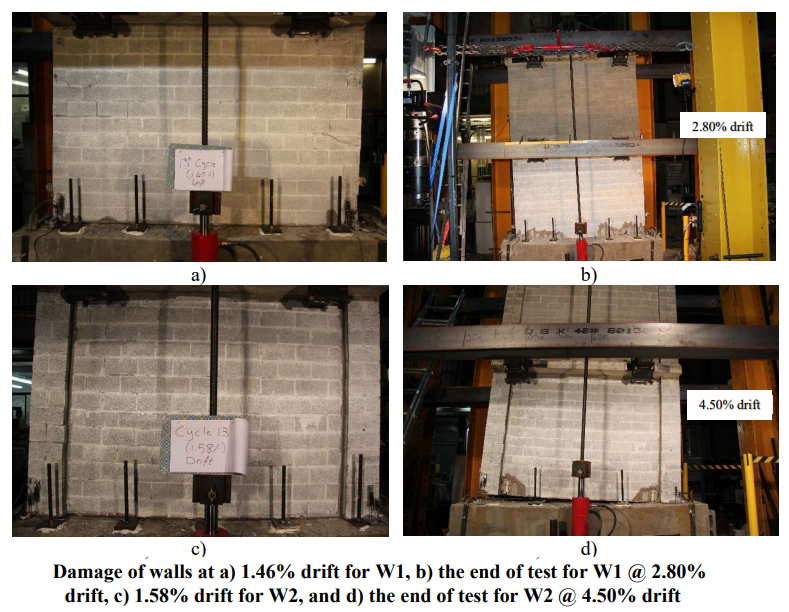
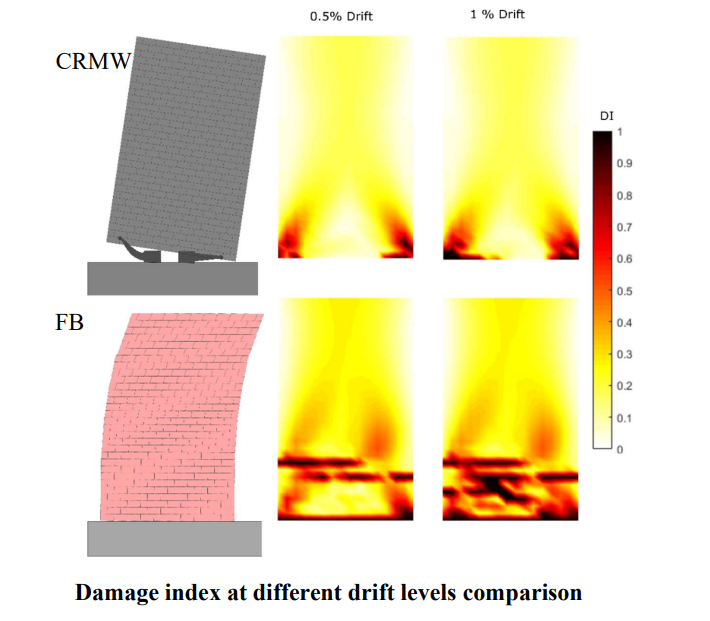
Recent NAMC Articles:
Yassin A., Ezzeldin M., and Wiebe L. (2019, June). “Numerical Modeling of Controlled Rocking Post-Tensioned Fully-Grouted Masonry Shear Walls With and Without Energy Dissipation.” In P.B. Dillon & F.S. Fonseca (Eds.), Proceedings of the Thirteenth North American Masonry Conference. Paper presented at the 13th North American Masonry Conference, Salt Lake City, Utah (pp. 1327–1339). Longmont, CO: The Masonry Society
Select Journal Articles:
Yassin, Ahmed, Mohamed Ezzeldin, Taylor Steele, and Lydell Wiebe. “Seismic collapse risk assessment of posttensioned controlled rocking masonry walls.” J. Struct. Eng 146, no. 5 (2020): 04020060.
Yassin, Ahmed, Mohamed Ezzeldin, and Lydell Wiebe. “Experimental assessment of controlled rocking masonry shear walls without post-tensioning.” Journal of Structural Engineering 148, no. 4 (2022): 04022018.
Select Theses and HQP: :
Ahmed Yassin: https://macsphere.mcmaster.ca/handle/11375/26970
Jeff Li: https://macsphere.mcmaster.ca/handle/11375/24969
Daniel Lee Kim: https://macsphere.mcmaster.ca/handle/11375/24970
Reinforced Masonry under Seismic Risk
Project Summary:
The proposed research concentrates on design of masonry shear wall building for seismic loading and builds. Although masonry construction accounts for over 70% of the current stock of buildings in North America, its continued use as a major structural system has been severely impeded by concerns regarding earthquake resistance. Previous research, although comparatively scarce, clearly shows that with proper design, detailing, and construction, masonry can perform very well under seismic loading.
The proposed research is for a comprehensive series of tests and analyses to fully document behaviour of current masonry construction and improved behaviours resulting from innovative forms of construction.
This research will lead to proposals to modify design documents to account for the enhanced characteristics of properly designed masonry structures. Such changes will improve resistance to earthquake loading and reduce construction costs for masonry buildings.
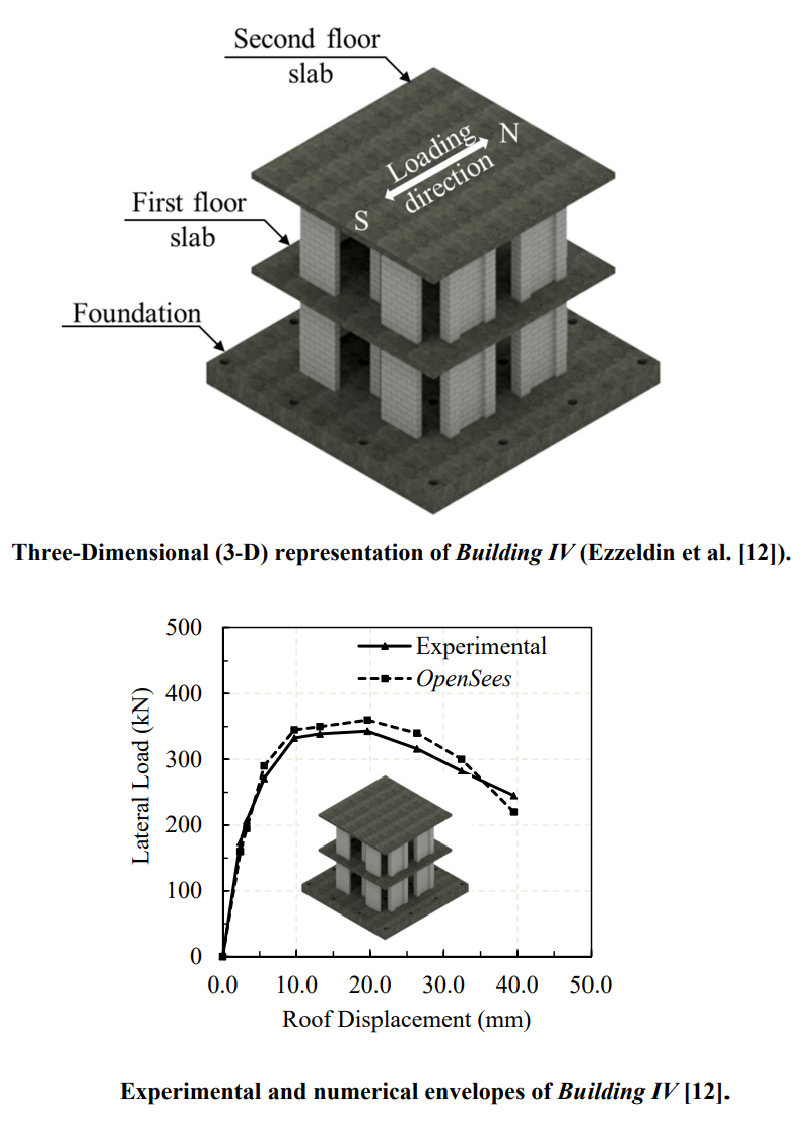
Select Journal Articles:
Ezzeldin, Mohamed, Lydell Wiebe, and Wael El-Dakhakhni. “System-level seismic risk assessment methodology: Application to reinforced masonry buildings with boundary elements.” J. Struct. Eng 10 (2017).
Siam, Ahmad S., Wessam M. Hussein, and Wael W. El-Dakhakhni. “Scoring models for reinforced masonry shear wall maximum displacement prediction under seismic loads.” Engineering Structures 136 (2017): 511-522.
Siam, Ahmad, Wael El-Dakhakhni, and Zoe Li. “Seismic risk assessment of reinforced masonry structural wall systems using multivariate data analysis.” Engineering Structures 144 (2017): 58-72.
Siam, Ahmad S., Mohamed Ezzeldin, and Wael El-Dakhakhni. “Reliability of displacement capacity prediction models for reinforced concrete block shear walls.” In Structures, vol. 20, pp. 385-398. Elsevier, 2019.
Ezzeldin, Mohamed, Wael El-Dakhakhni, and Lydell Wiebe. “Experimental assessment of the system-level seismic performance of an asymmetrical reinforced concrete block–wall building with boundary elements.” Journal of Structural Engineering 143, no. 8 (2017): 04017063.
Ezzeldin, Mohamed, Wael El-Dakhakhni, and Lydell Wiebe. “Reinforced masonry building seismic response models for ASCE/SEI-41.” Journal of Structural Engineering 144, no. 1 (2018): 04017175.
Select Theses and HQP:
Mohamed Ezzeldin: https://macsphere.mcmaster.ca/handle/11375/20960



